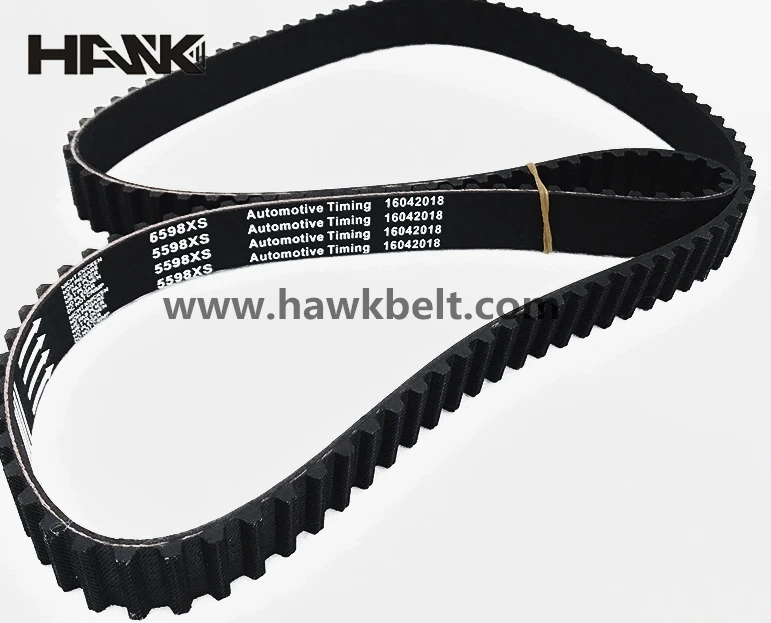- Arabic
- French
- Russian
- Spanish
- Portuguese
- Turkish
- Armenian
- English
- Albanian
- Amharic
- Azerbaijani
- Basque
- Belarusian
- Bengali
- Bosnian
- Bulgarian
- Catalan
- Cebuano
- Corsican
- Croatian
- Czech
- Danish
- Dutch
- Afrikaans
- Esperanto
- Estonian
- Finnish
- Frisian
- Galician
- Georgian
- German
- Greek
- Gujarati
- Haitian Creole
- hausa
- hawaiian
- Hebrew
- Hindi
- Miao
- Hungarian
- Icelandic
- igbo
- Indonesian
- irish
- Italian
- Japanese
- Javanese
- Kannada
- kazakh
- Khmer
- Rwandese
- Korean
- Kurdish
- Kyrgyz
- Lao
- Latin
- Latvian
- Lithuanian
- Luxembourgish
- Macedonian
- Malgashi
- Malay
- Malayalam
- Maltese
- Maori
- Marathi
- Mongolian
- Myanmar
- Nepali
- Norwegian
- Norwegian
- Occitan
- Pashto
- Persian
- Polish
- Punjabi
- Romanian
- Samoan
- Scottish Gaelic
- Serbian
- Sesotho
- Shona
- Sindhi
- Sinhala
- Slovak
- Slovenian
- Somali
- Sundanese
- Swahili
- Swedish
- Tagalog
- Tajik
- Tamil
- Tatar
- Telugu
- Thai
- Turkmen
- Ukrainian
- Urdu
- Uighur
- Uzbek
- Vietnamese
- Welsh
- Bantu
- Yiddish
- Yoruba
- Zulu
ოქტ . 14, 2024 14:38 Back to list
the serpentine belt
Understanding the Serpentine Belt A Key Component of Your Vehicle
The serpentine belt is an essential part of modern vehicle engines, playing a crucial role in connecting various components that contribute to the engine's overall functionality. For vehicle owners and enthusiasts alike, understanding the serpentine belt's purpose, maintenance, and common issues can help ensure optimal performance and longevity of the vehicle.
What is a Serpentine Belt?
The serpentine belt is a long, continuous belt that winds around multiple pulleys in a vehicle's engine compartment. Unlike older vehicles that often used multiple separate belts to drive different components, the serpentine design simplifies this system into a single belt that can handle the task of powering various accessories. These accessories typically include the alternator, power steering pump, water pump, air conditioning compressor, and the engine's cooling fan.
Functionality
The primary function of the serpentine belt is to transfer power from the engine's crankshaft to these critical components. As the engine runs, the crankshaft rotates, driving the serpentine belt and enabling it to turn the accessories it is connected to. This process is essential for maintaining the vehicle's electrical system, facilitating steering, cooling, and climate control.
Signs of a Worn Serpentine Belt
Over time, serpentine belts can wear out, which can lead to various problems if left unaddressed
. Here are some common signs that may indicate it's time to inspect or replace the serpentine belt1. Squeaking or Squealing Noises If you hear a high-pitched noise when starting your vehicle or during acceleration, it could be a sign that the serpentine belt is slipping due to wear or a misaligned pulley.
the serpentine belt

2. Cracks and Wear Visual inspections can reveal cracks, fraying, or glazing on the belt’s surface. If these signs are present, immediate replacement is advisable to avoid a complete belt failure.
3. Engine Overheating Since the serpentine belt drives the water pump, a failing belt can lead to overheating due to inadequate coolant circulation. This is a serious issue that can cause engine damage.
4. Loss of Power Steering A malfunctioning serpentine belt can cause a loss of power steering assistance, making it difficult to maneuver the vehicle.
Maintenance and Replacement
Maintaining the serpentine belt is a straightforward process. Regular inspections should be part of your vehicle's routine maintenance, typically recommended every 30,000 to 60,000 miles, or according to the vehicle manufacturer's guidelines.
When replacing the serpentine belt, it's important to also check the condition of the pulleys and tensioner. A misaligned or worn tensioner can cause premature belt wear, so it’s wise to replace these components together.
Conclusion
In summary, the serpentine belt is a vital component of your vehicle that plays a significant role in multiple systems. Understanding its function, recognizing the signs of wear, and staying proactive with maintenance can help ensure your vehicle runs smoothly. Neglecting this crucial element could lead to more extensive and costly repairs, so make it a priority to keep an eye on your serpentine belt's condition. Your vehicle’s performance and longevity may depend on it!
-
Korean Auto Parts Timing Belt 24312-37500 For Hyundai/Kia
NewsMar.07,2025
-
7PK2300 90916-T2024 RIBBED BELT POLY V BELT PK BELT
NewsMar.07,2025
-
Chinese Auto Belt Factory 310-2M-22 For BMW/Mercedes-Benz
NewsMar.07,2025
-
Chinese Auto Belt Factory 310-2M-22 For BMW/Mercedes-Benz
NewsMar.07,2025
-
90916-02660 PK Belt 6PK1680 For Toyota
NewsMar.07,2025
-
drive belt serpentine belt
NewsMar.07,2025

